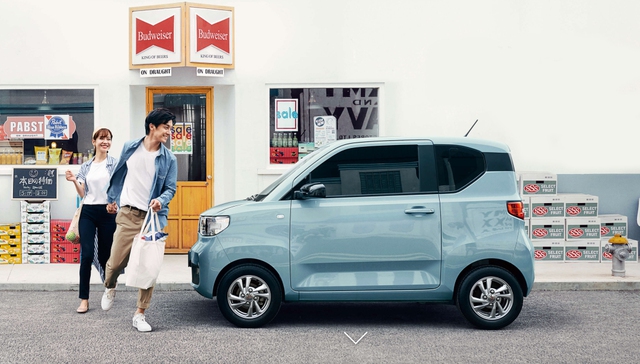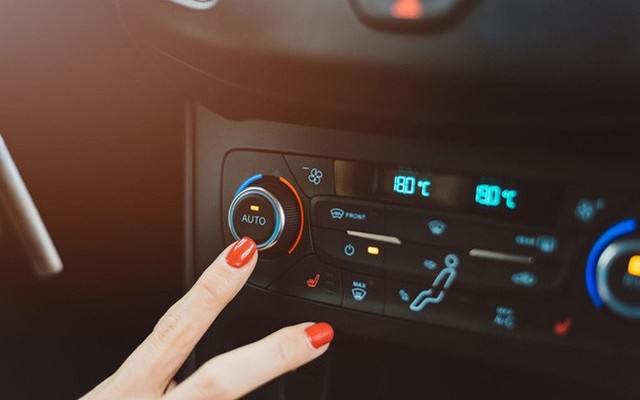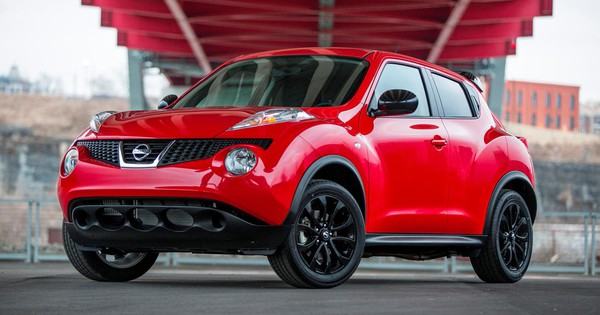Electric cars were born as a clear demonstration of technological advances and the development of infrastructure after a decade.
However, skepticism about the issue of using batteries that will limit the operating range has become a key point in users’ choice between petrol and electric cars; When many people assess that electric cars need a stronger change in infrastructure to meet the most basic needs, they forget that, along with regular car maintenance, understanding The performance of this vehicle will help everyone to comfortably enjoy the fun experience on long trips.

Understanding the operation of electric cars will help people comfortably enjoy fun experiences even when traveling long distances.
1. Determine the vehicle’s performance
One thing you need to keep in mind is the actual range of electric cars. In fact, this number is often quite different from the manufacturer’s announcement, and the reason is that electric cars are also influenced by factors such as running style, battery consumption. for vehicle comfort features, ambient temperature…
When driving in urban areas, the driver can rely on it to refer to average parameters, estimate actual performance and consider long-distance options.
The range of electric vehicles will be better in highway or highway conditions. But you should still rely on the average running distance in the city to calculate depreciation, in case of situations such as going through many steep passes, traffic jams or waiting for bridges, ferries…
In addition, according to a recent study drawn during a test session of the German-based ADAC Automotive Association, electric cars consume more energy when it is cold.
Accordingly, in the same distance traveled about 23 km, but at a temperature of -7 °C, electric vehicles consume more energy than at 14 °C.
Specifically, Volkswagen ID.3 consumes more than 99% of energy, while this figure on other models such as the all-electric Hyundai Kona, Ford Mustang Mach-E and Lexus UX300E is in the 46-59% range. Meanwhile, the Fiat 500e and Renault Zoe have better energy consumption when fluctuating between 34-44%.

2. Choose the right route
Compared to petrol cars, when riding an electric car, choosing a route that meets everyone’s entertainment needs and still matches the vehicle’s capabilities is absolutely impossible to ignore. In particular, the network of fast charging stations needs to be carefully studied to be able to confidently ride an electric car out of the city.
This is a way to help the car operate stably, you will not be afraid of encountering a situation where the battery runs out without a charging station disrupting the journey.
Currently, VinFast is installing more than 2,000 electric car charging stations in 63 provinces and cities. Depending on the location, the system will use normal or fast charging. VinFast VF e34 has a function to suggest itineraries, search for charging stations to help users set up a suitable outing route.
3. Optimizing range of movement
Tips to help optimize the travel distance will also be extremely useful for users in this case. The driving style of the car owner has the biggest influence on the vehicle’s energy efficiency.
There is a note for you like this: If you want to optimize the amount of power available in the car, users should accelerate slowly, limit sudden braking and regularly maintain a reasonable speed range of 60-80 km/h on the school road.
In addition, you also need to pay attention to the reasonable use of battery power. The air conditioning system, interior lights, battery chargers for mobile devices… are all classified as power-consuming features. The battery drain of electric vehicles will slow down significantly if you turn on the air conditioner moderately and turn off unnecessary functions.

The battery drain of electric vehicles will slow down significantly if you turn on the air conditioner moderately and turn off unnecessary functions. (Illustration)
4. Calculate and plan battery charging, backup plan
In addition to fast charging points along the way, electric vehicle users have a number of other options such as: public charging stations, support services for charging electric vehicles in hotels and accommodation…
With long journeys, electric cars as well as gasoline cars can encounter unexpected situations such as punctured tires or run out of battery / out of gas… At that time, the most effective solution is for these cases is to call the rescue service.
What you need to do is contact the nearest genuine dealer because the specifications on electric vehicles are sometimes different from traditional cars and need to be handled in a separate way to limit damage.
In addition to the above, before going on a road trip, remember to fully charge the electric car’s battery and check the machinery to minimize unintended risks from your “companion”.
According to many predictions, electric cars will be considered as the “key” to solve the problem of air pollution and an essential means of transportation in the near future. Electric cars are equipped with advanced engines with acceleration not inferior to internal combustion engines. Therefore, besides the ability to move smoothly in the city, electric cars are also “foreign steeds” when driving on the road.
Hopefully, the above notes will help you have a happy experience with electric cars!
at Blogtuan.info – Source: autopro.com.vn – Read the original article here



